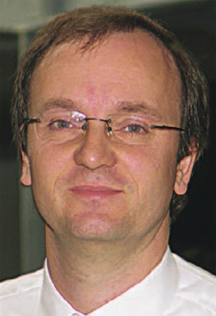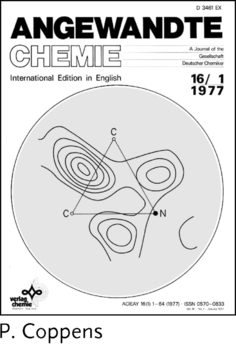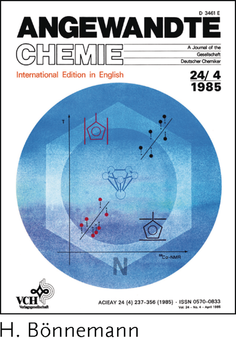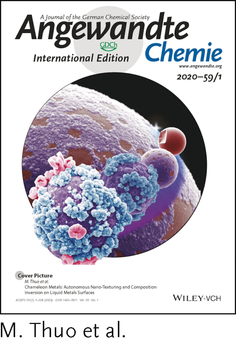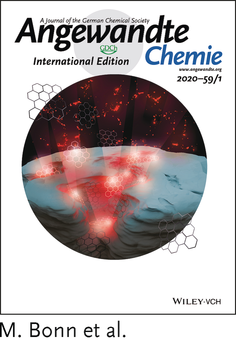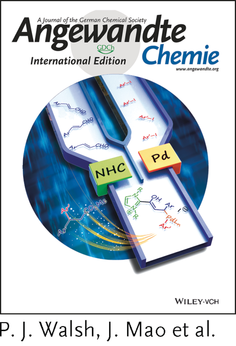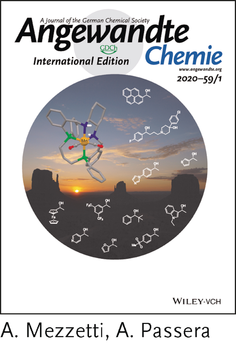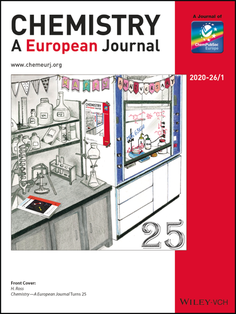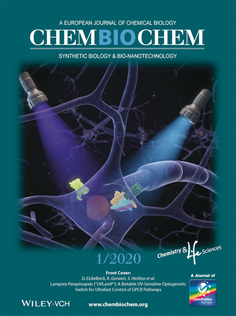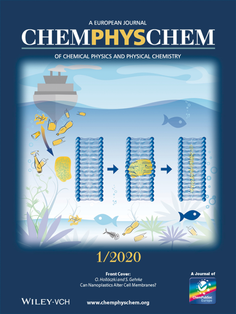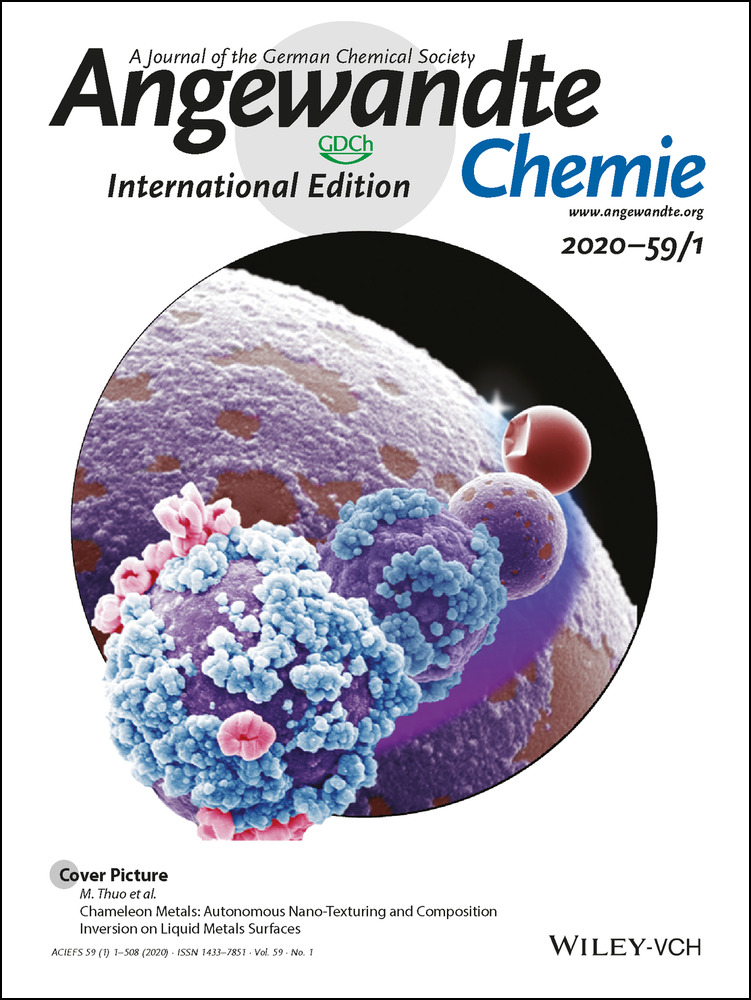Angewandte Chemie—The Home of Excellent Chemistry
Graphical Abstract
Strong Foundations: When one decides to build something to last, the foundations on which it is built are extremely important. In the early 1960s the German Chemical Society (GDCh) took the farsighted decision to launch an International Edition of Angewandte Chemie. The inaugural issue in January 1962 contained a number of Reviews, a selection of Communications (where 2–3 appeared on a page), Conference Reports, Literature Abstracts, and Book Reviews. Since then the development of the journal has been characterized by constant innovations aimed at providing the best service possible to the chemistry community.
Building Materials: Over the years a variety of article types have been added to the building blocks of Angewandte Chemie to provide the authors with the appropriate forum for their work. Highlights, in which the significance of findings in key papers and fields are discussed by a third party, were added in January 1991. Essays on every aspect of chemistry, including the philosophy or history of science, were launched in September 2000. Minireviews, the first of which was published in July 2001, allow current topics to be presented in a concise review style. More recently, Viewpoints, which are opinion-based contributions conveying an author′s thoughts on important developments in a specific area and their implications for future research, were added. The first Viewpoint appeared in May 2018. Lists of the articles published under these headings can be found on the homepage.
Fixtures and Fittings: In any home it is always great to have features that help to make life easier and more enjoyable; the same is true at Angewandte Chemie. Technological advances have played a key role here. An electronic editorial system was first launched in 1992, online submission has been possible since 2002, and an App for mobile devices has been available since 2012. Angewandte Chemie is also very active on social media platforms such as Twitter, Facebook, and WeChat. In addition, all the papers in the journal are nowadays available on Wiley Online Library which also celebrates its 10th anniversary in 2020. Our aim is to use a variety of channels to profile the chemistry and chemists featured.
Adding an Extension: 2019 saw another significant development of Angewandte Chemie with a widening of the options for publishing top original research. At the annual Board Meeting in March 2019, the German Chemical Society (GDCh) and the Editorial Board agreed to add Research Articles to the article types published within the journal. Over the years Angewandte Chemie has always shown a flexibility with regards to the ways in which researchers want to publish their results, and the addition of Research Articles is a natural progression and allows our authors to publish more expansive reports on their original research which would not have fit within a Communication. This decision has been very positively received by the chemistry community as illustrated by the very large number of Research Articles we have received since the launch. The Research Articles are peer-reviewed with the same rigor as the Communications, and the first one to be accepted was from Richard A. Lerner, Guang Yang, and co-workers on “Functionality-Independent DNA Encoding of Complex Natural Products”. In the meantime the journal has accepted over 500 Research Articles covering all fields of chemistry.
A concise overview of the innovations at Angewandte Chemie from 1970 to 2020 is given in the Timeline depicted in Figure 1, which was designed and is curated by Associate Editor Kim Meyer from the Angewandte Team. The expanded version is available on the journal homepage and shows the historical milestones prior to 1970. All these components and features have combined to make “Angewandte Chemie—The Home of Excellent Chemistry” offering not only the freedom of choice for authors, but also professional full-time editors, speed and quality of service, wide dissemination and availability of content, and profiling and high visibility for authors. The innovations outlined above only tell part of the story; in addition the publishing landscape is changing more rapidly than ever, especially with respect to open access and preprints. Angewandte Chemie, its owners the German Chemical Society (GDCh), and publishing partner, Wiley-VCH, are constantly taking steps to remain best placed to offer great service to authors and readers in Germany and around the world during these exciting times.
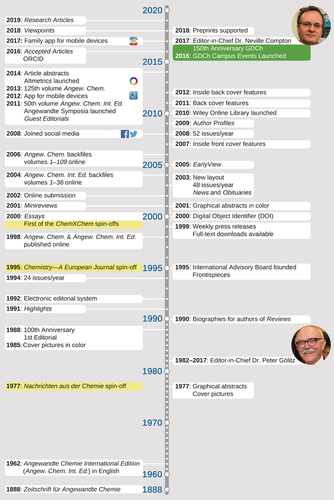
Timeline for Angewandte Chemie.
Pre-booked Guests: ChemRxiv—the preprint server co-owned by the American Chemical Society (ACS), Royal Society of Chemistry (RSC), the German Chemical Society (GDCh), Chinese Chemical Society (CCS), and The Chemical Society of Japan (CSJ)—is going from strength to strength. At the time of writing ChemRxiv had just posted its 3000th preprint, many of which have been submitted to and accepted by Angewandte Chemie. Interestingly, at present the acceptance rate at Angewandte Chemie for papers previously submitted as preprints is higher than that for those that have not been. This is an indication of the quality of papers that are being initially deposited on ChemRxiv and further evidence of it being the right decision for the GDCh to have been involved from the outset. The change in the landscape has meant that our family of journals have developed a set of “Preprint Guidelines” that are available on the journal homepage to aid the authors and the process.
House Rules: Our family of journals have recently updated the “Notice to Authors” and the “Templates” for the different article types. Using the templates and following the guidelines help faciliate a smooth process and are appreciated by the editorial office and peer reviewers alike. In addition the “Ethical Guidelines for the Publication of Chemical Research” applied by our family of journals have also been updated to reflect the changing world of publishing.
New Home Advisors: We are delighted to welcome Franziska Schoenebeck from the RWTH Aachen and Friedrich Simmel from the Technische Universität München to the Editorial Board of Angewandte Chemie. We would also like to thank Petra Schwille from the Max Planck Institute of Biochemistry for her sterling service over the last 8 years. On the International Advisory Board we welcome Berit Olofsson from Stockholm University and say goodbye with huge thanks to Christina Moberg from the KTH Royal Institute of Technology in Stockholm. More details on the new members are given in the accompanying News Section in this issue.
Nobel Guests: Congratulations to the most recent winners of the Nobel Prize for Chemistry, John B. Goodenough, M. Stanley Whittingham, and Akira Yoshino for their work on the development of lithium-ion batteries. An Essay entitled “The Birth of the Lithium-Ion Battery” by Akira Yoshino appeared in the journal in 2012 and in January 2019 John B Goodenough was featured in an Author Profile for having published more than 10 papers with the journal.
House Guests: This first issue contains Review and Minireview articles from Editorial Board member Armido Studer on “The Persistent Radical Effect in Organic Synthesis”, International Advisory Board (IAB) member Jaephil Cho on “Integration of Graphite and Silicon Anodes for the Commercialization of High-Energy Lithium-Ion Batteries”, and IAB member Ilan Marek on “Synthesis of Enantioenriched Vicinal Tertiary and Quaternary Carbon Stereogenic Centers within an Acyclic Chain”. As well as others by Zongping Shao on “Perovskite Oxide-Based Electrodes for High-Performance Photoelectrochemical Water Splitting”, by Shunai Che on “π–π Interactions Between Aromatic Groups in Amphiphilic Molecules: Directing Hierarchical Growth of Porous Zeolites”, and by Peter Sadler, Huaiyi Huang, and Pingyu Zhang on “New Designs for Phototherapeutic Transition–Metal Complexes”.



